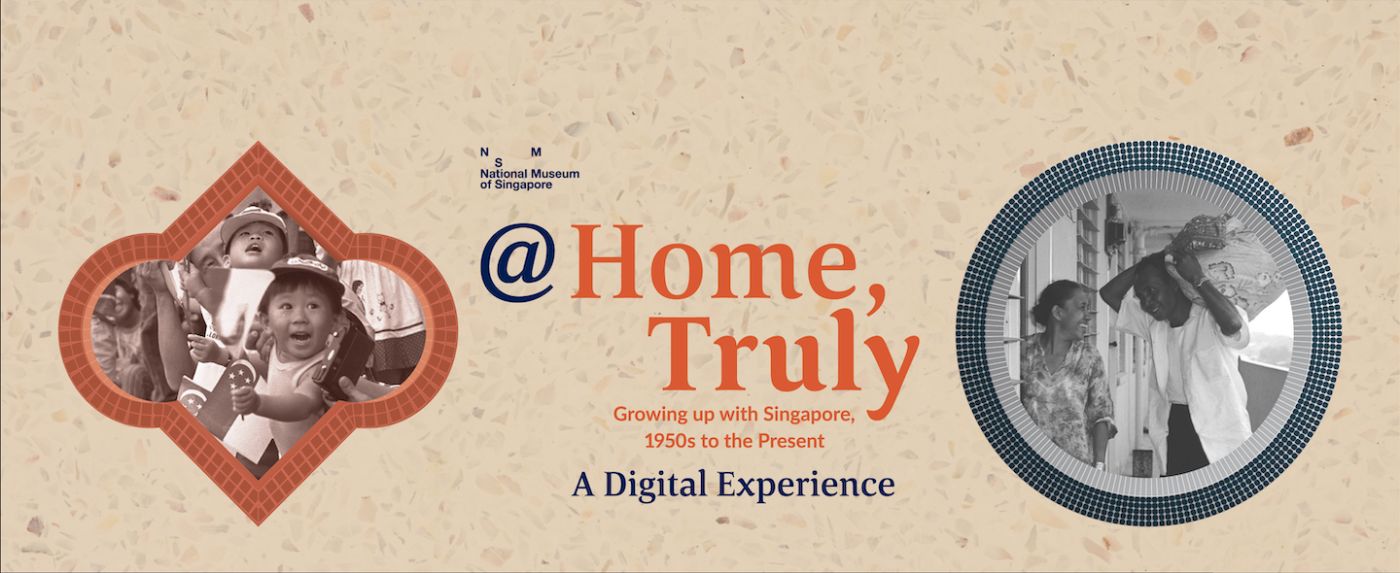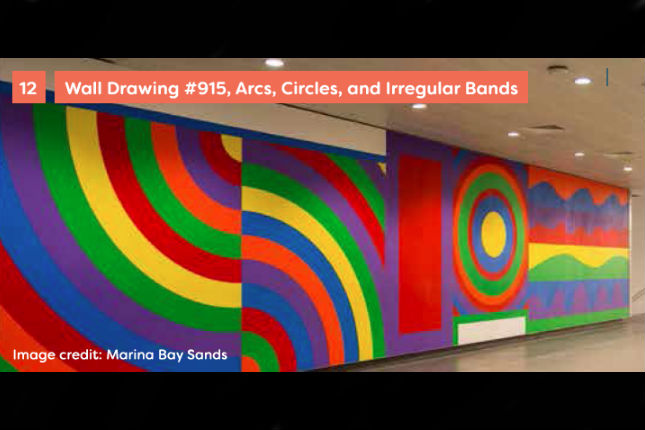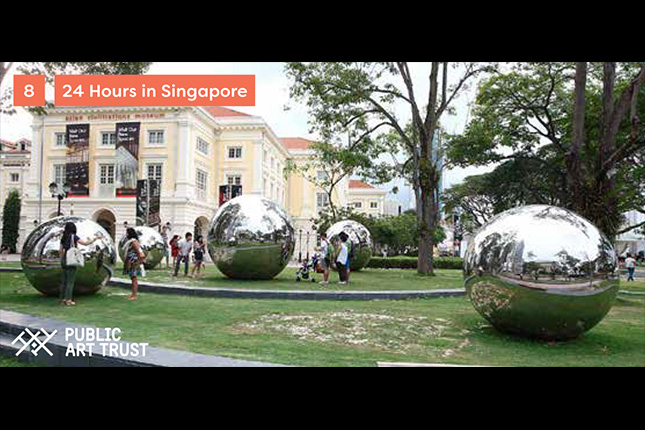Executed in a realistic and figurative style, Voices of Hope vividly articulates and images the contemporary reality facing tribal and rural communities. Divided into nine panels that each contains a single image, the montage comes together to articulate the quandary of Sarawak's indigenous peoples, while critiquing the asymmetrical relationship between east and west Malaysia. Even as images of the indigenous people and verdant jungles are used to market tourism advertisements, the ironic true-life 'picture' confronting these communities is one of the destruction of natural habitats in order to make way for logging and oil palm plantations. Moreover, the encroachment into the physical landscape also comes in tandem with the erosion of traditional knowledges and ways of living. The painting depicts three individuals from three Sarawak tribes - including tribal elders like the late Along Sega, a nomadic Penan leader and Lampang Ngau from the Kenyah tribe - alongside animals that inhabit the rainforest, as well as stylised and realistic renditions of nature. The painting also offers a reminder that the natural environment as a shared space between humankind, flora and fauna. Thus the image of the hornbill appears twice: in the form of a skull at the top, and very much alive, in the bottom panel. In Sarawak, also known as Bumi Kenyalang - the Land of Hornbills - it is a messenger of the gods that now voices the desperate hope held by those who inhabit fragile lands. Tan Wei Kheng (b. 1970) is a self-taught artist from Marudi, Sarawak, Malaysian Borneo. Originally a ceramist for a commercial outlet producing touristic objects, Tan became drawn to the stories, symbolism and traditional knowledge of Sarawak's interior peoples, and his paintings endeavour to capture their stories and their concerns.

















